Vietnam has started to realize the construction of the semiconductor industry since 1979, but this path has encountered many thorns. However, history is calling, new opportunities are opening up for Vietnam to become the semiconductor manufacturing center of the world and generations of Vietnamese people are realizing this unfinished dream.
Article 1: The dream of the semiconductor industry is still a pain for Vietnamese businesses
Vietnamese people continue their unfinished dreams
In 2024, in a documentary jointly produced by FPT and Discovery, the 20-minute documentary tells the story of Vietnam's digital revolution, from an unknown country on the world digital technology map to one of the leading digital economies in Asia and is in an ideal position to lead the new technological revolution as well as become the world's technology resource center.
“FPT, together with other IT enterprises, has formed a flock of Vietnamese birds flying around the world, affirming Vietnam's position on the global digital technology map.” Mr. Truong Gia Binh, Chairman of FPT
The film is divided into 3 parts, clearly depicting each step of the development of Vietnam's digital technology revolution. As a pioneer enterprise leading the development of Vietnam's IT industry, FPT is placed in the position of "main character" of the film by Discovery filmmakers.
In this film, Mr. Truong Gia Binh, Chairman of FPT said: "More than two decades ago, no one thought Vietnam could develop software for the world. If you go, you will find a way. FPT and other IT enterprises have formed a flock of Vietnamese birds flying around the world, affirming Vietnam's position on the global digital technology map. Now, Vietnam has 1 million IT engineers, half of whom are programmers. If we can focus these resources on the semiconductor and artificial intelligence fields, Vietnam can not only meet domestic demand but also supply the whole world."
Mr. Truong Gia Binh, Chairman of FPT, said that FPT, together with other IT enterprises, has created a flock of Vietnamese birds flying around the world. Photo: PV
In November 2022, FPT Semiconductor - a company that designs and manufactures microchips (under FPT Software - a member company of FPT Corporation) officially launched the first microchip line applied in Internet of Things (IoT) products. The design completed in Vietnam is transferred to the factory in Korea for production and packaging.
Mr. Nguyen Vinh Quang, CEO of FPT Semiconductor said: “The establishment of FPT Semiconductor is a step to continue the ambition and dream of many generations of Vietnamese people. Many people may not know, we used to have a Vietnamese semiconductor factory, in 1979, known as the Z181 factory, supplying many semiconductor devices to the Eastern European market. With the criteria of “Chip Make in Vietnam, Made by FPT”, we plan to design and commercialize chip products, bringing chip lines to the domestic market, as well as foreign markets such as: Japan, Korea, Taiwan, America, Europe, China… We want to renew our ambition and continue the dream that our fathers and grandfathers have done”.
FPT Semiconductor launches first line of microchips applied in Internet of Things products. Photo: FPT
“Currently, Viettel and FPT are two Vietnamese companies operating in the field of IC design. Viettel focuses on 5G, while we focus on PMIC (power management integrated circuit),” said Mr. Quang.
Explaining the reason why FPT chose PMIC and power IC, FPT Semiconductor's leader said that all electronic devices today need power sources, PMIC and power IC. PMIC is considered the heart of a system, providing energy from the battery to the entire system, like the heart pumps blood throughout the body. This market is currently very large, estimated at 1.3 trillion USD. In addition, diversifying the production chain instead of relying too much on China will help Vietnam become an attractive destination, especially in the production of electronic devices.
Together with FPT, Viettel has entered the field of semiconductor chip design and production. Viettel has announced the successful design of the 5G DFE chip, the most complex chip in Southeast Asia to date. The chip processes 5G base station radio signals, with the ability to process 1,000 billion calculations per second. The radio processing chip and baseband will be an indispensable component in the hundreds of millions of base stations that the world needs to deploy the new generation telecommunications network.
Major General Nguyen Dinh Chien, Deputy General Director of Viettel Group, shared: “Viettel identifies this as a long journey, requiring a reasonable and solid approach in both basic research and business. To develop the semiconductor industry, it is necessary to design and manufacture chips that meet the needs of businesses, domestic electronic systems, and national security needs. This is the foundation for developing advanced, new-generation chip technologies, and expanding supply abroad.”
Viettel has announced the successful design of the 5G DFE chip, the most complex chip in Southeast Asia to date. Photo: PV
History of naming Vietnam
At the AISC VIETNAM 2025 Conference, FPT Chairman Truong Gia Binh affirmed Vietnam's position as a potential destination for global technology enterprises, especially in the fields of AI and semiconductors. FPT Chairman shared stories about the experiences of the world's leading technology leaders such as Mr. Jensen Huang (CEO NVIDIA) and other international partners, who expressed surprise and impression at Vietnam's rapid development: "Vietnam is not only a beautiful country, but also a large space with great potential for cooperation in the fields of AI and semiconductors".
According to Mr. Nguyen Khac Lich, Director of the Department of Information and Communications Technology (Ministry of Information and Communications), the Prime Minister has signed and issued the Strategy for the development of Vietnam's semiconductor industry to 2030, with a vision to 2050. This is the first time Vietnam has had such a long-term strategy.
Mr. Nguyen Khac Lich said that Vietnam needs to master research and technology development in the field of semiconductors and electronics, if it does not want to become a processing country, in which it must promote geopolitical advantages, follow investment trends, focus on developing electricity and water infrastructure as well as have preferential and supportive mechanisms and policies...
In the immediate future, Vietnam needs a small-scale but high-tech chip manufacturing plant to meet domestic demand, participate in the global supply chain, and ensure security and national defense in the event of a supply chain disruption.
Recently, the National Assembly voted to pass a Resolution on piloting a number of special policies and mechanisms to create breakthroughs in the development of science, technology, innovation and digital transformation. The important point of this resolution is to allow financial support for the construction of the first factory to serve research, training and production of semiconductor chips.
Accordingly, Vietnamese enterprises investing in the construction of the first factory project selected to manufacture small-scale, high-tech chips to serve research, training, design, trial manufacturing, technology verification and production of specialized semiconductor chips in Vietnam at the request of the Prime Minister will be supported.
“This is a once-in-a-lifetime opportunity for Vietnamese semiconductors to develop amid the complex geopolitical conflicts that continue to develop. Resolution 57 has set clear development orientations and goals for science and technology, including the microchip industry,” said Mr. Le Quang Dam, CEO of Marvell Technology Vietnam.
According to Marvell Technology, by 2025, Vietnam will have about 60 companies in the field of microchip design. Compared to 2000, Vietnam only had about 30 engineers in the design field. But in just 5 years, from 2005 to 2010, the number of semiconductor engineers in Vietnam has increased rapidly. It is forecasted that by 2025, Vietnam will have about 6,000 engineers in the advanced design industry.
According to Mr. Le Quang Dam, CEO of Marvell Technology Vietnam, this is a “once in a century” opportunity for Vietnamese semiconductors to develop amid the complicated geopolitical conflicts. Resolution 57 has set clear development orientations and goals for science and technology, including the microchip industry.
“Vietnam is facing a very good opportunity. This opportunity does not come by itself, we have to create it. We have a clear strategy, attention from the Government and Vietnamese or Vietnamese-origin engineers, talents in the industry or outside the industry, need to unite to create value for the country,” Mr. Le Quang Dam affirmed.
Source: https://vietnamnet.vn/co-hoi-lich-su-de-viet-nam-ghi-danh-tren-ban-do-ban-dan-toan-cau-2396827.html


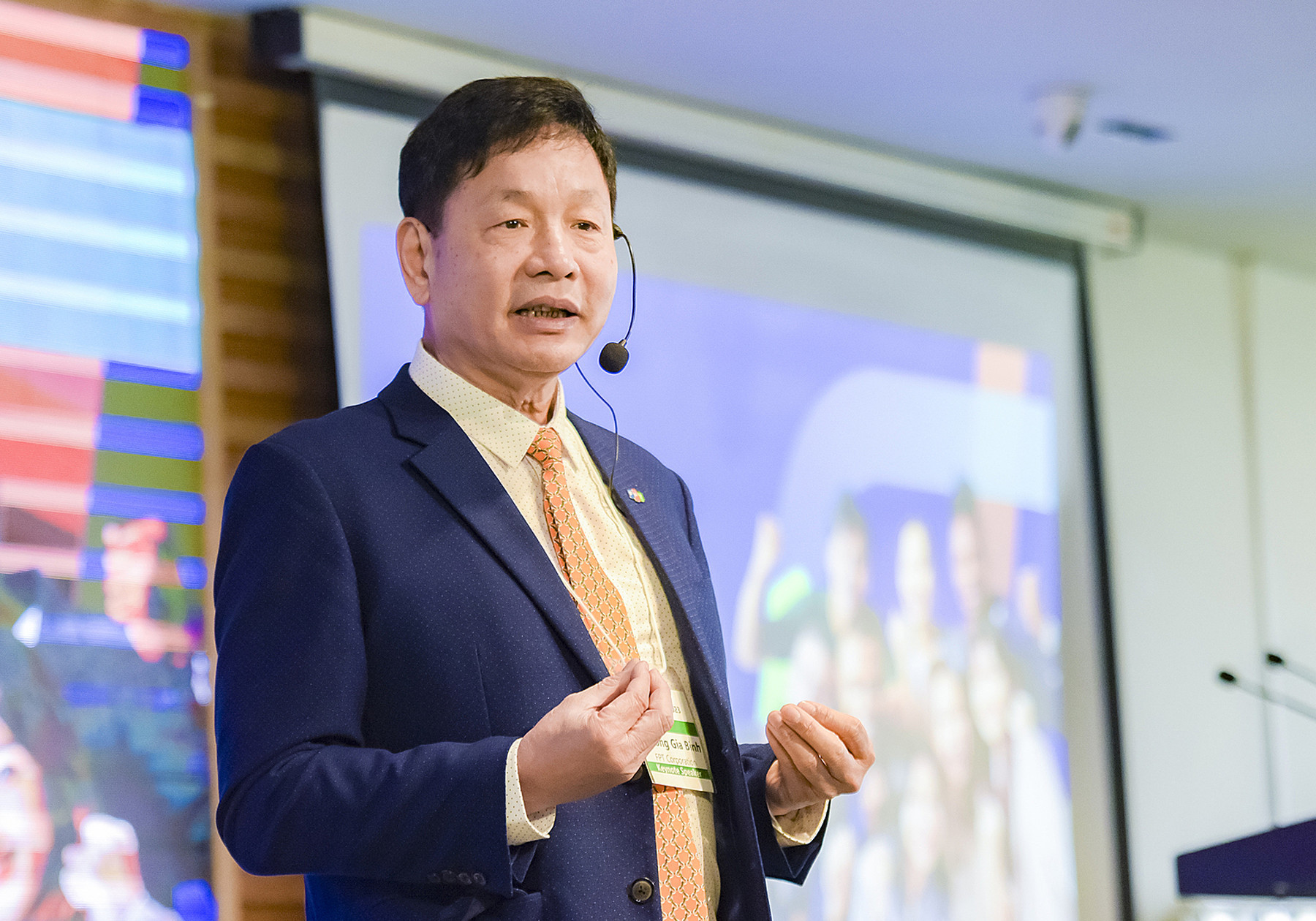

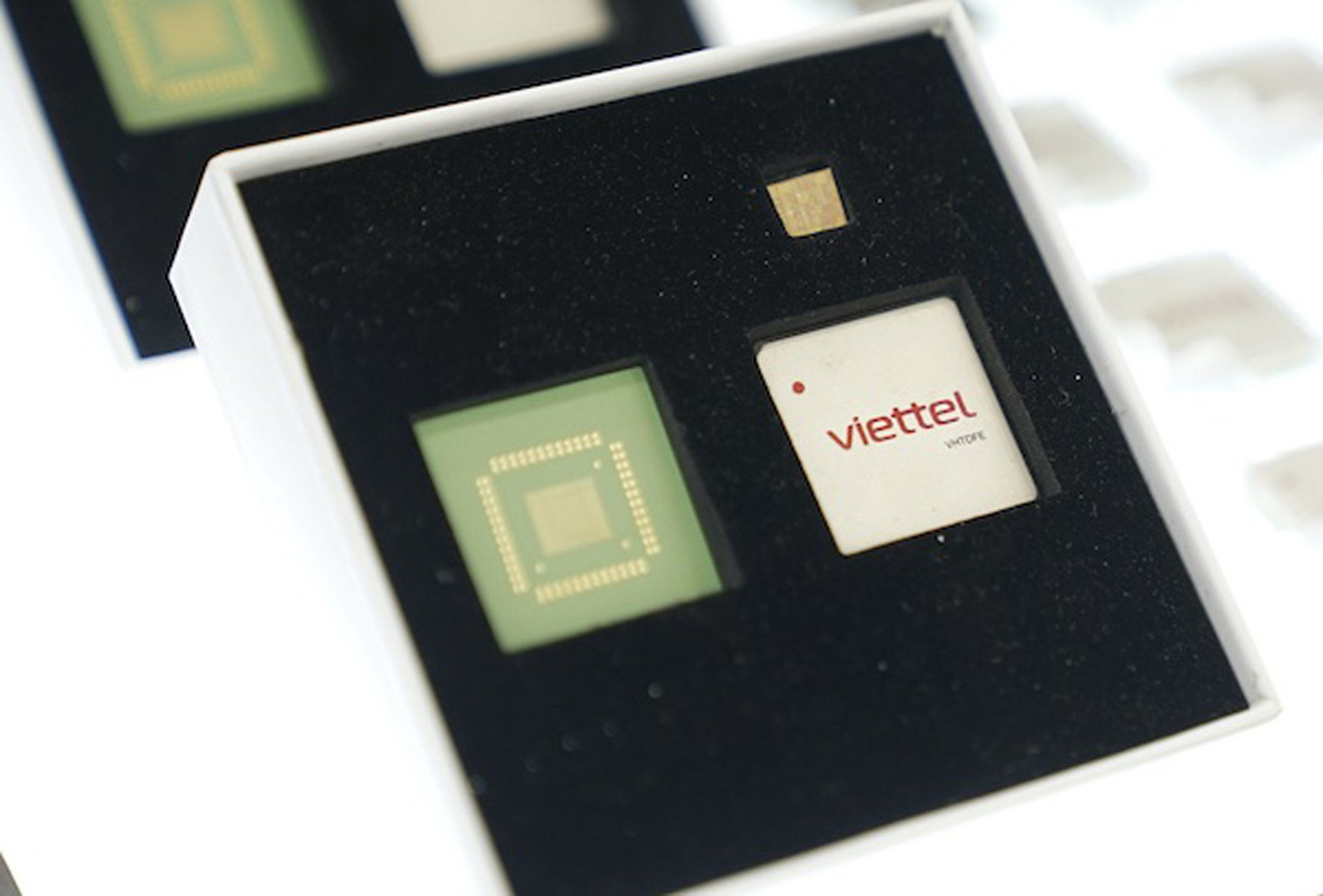










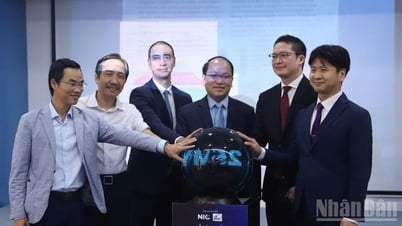

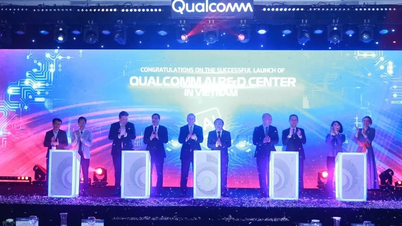






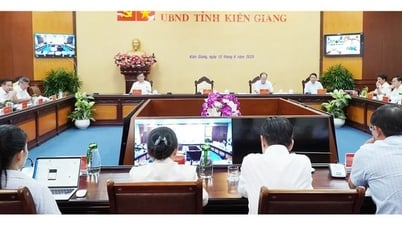













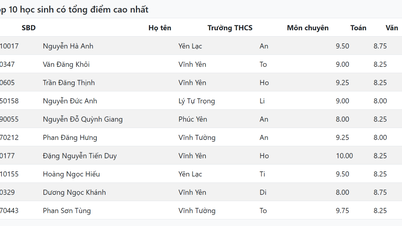



![[Photo] Prime Minister Pham Minh Chinh receives leaders of several Swedish corporations](https://vphoto.vietnam.vn/thumb/1200x675/vietnam/resource/IMAGE/2025/6/14/4437981cf1264434a949b4772f9432b6)

































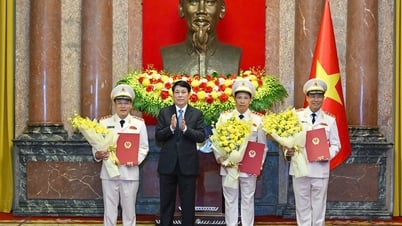







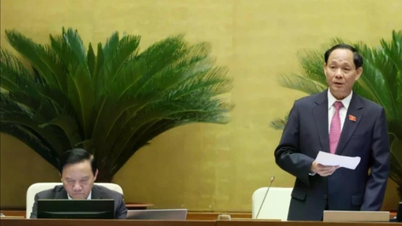



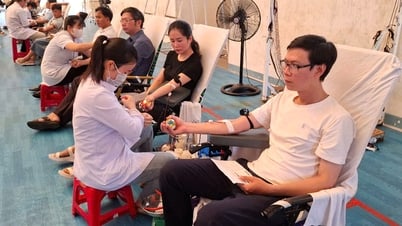










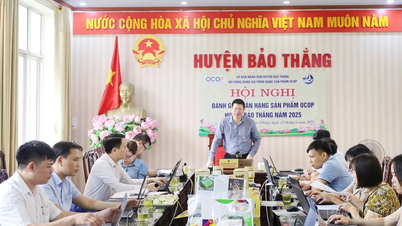


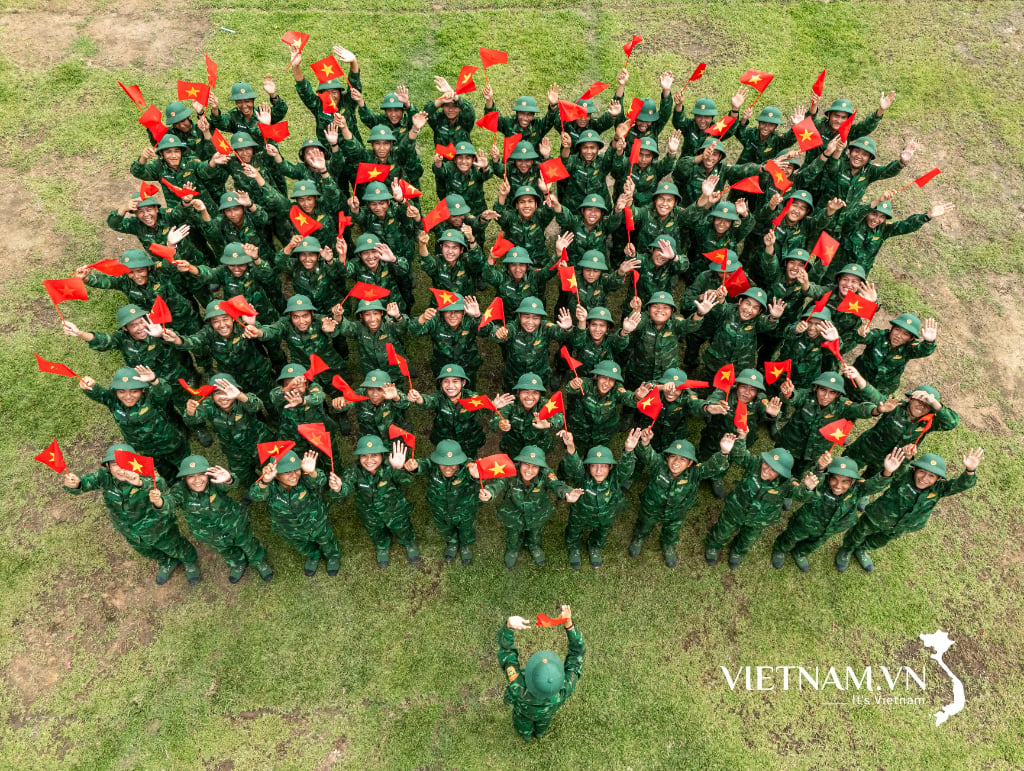


Comment (0)